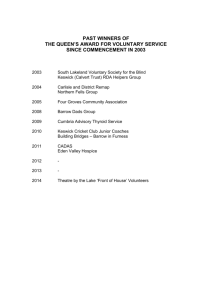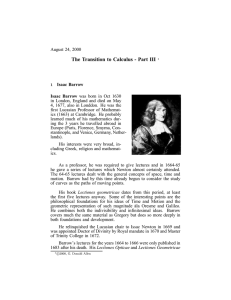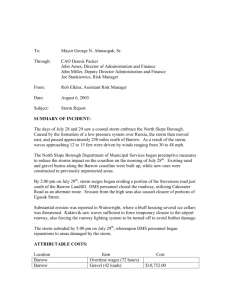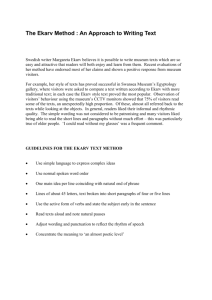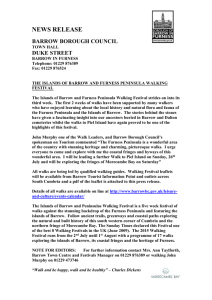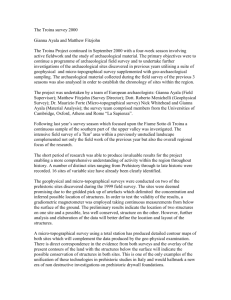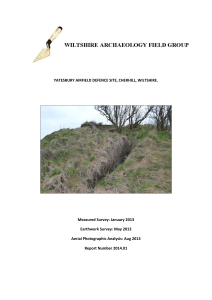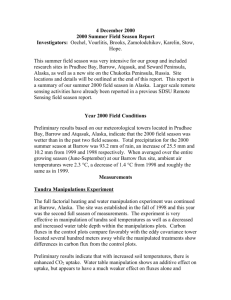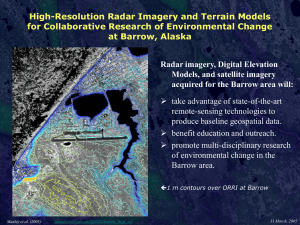Three Hills Barrow 2 (J)
advertisement
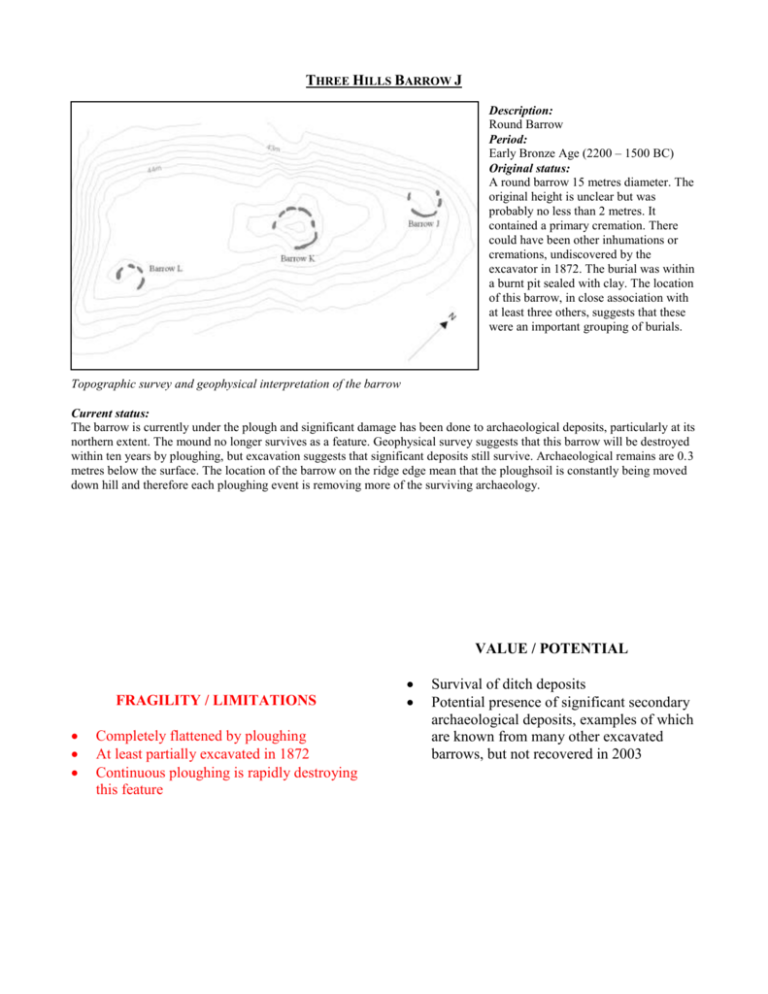
THREE HILLS BARROW J Description: Round Barrow Period: Early Bronze Age (2200 – 1500 BC) Original status: A round barrow 15 metres diameter. The original height is unclear but was probably no less than 2 metres. It contained a primary cremation. There could have been other inhumations or cremations, undiscovered by the excavator in 1872. The burial was within a burnt pit sealed with clay. The location of this barrow, in close association with at least three others, suggests that these were an important grouping of burials. Topographic survey and geophysical interpretation of the barrow Current status: The barrow is currently under the plough and significant damage has been done to archaeological deposits, particularly at its northern extent. The mound no longer survives as a feature. Geophysical survey suggests that this barrow will be destroyed within ten years by ploughing, but excavation suggests that significant deposits still survive. Archaeological remains are 0.3 metres below the surface. The location of the barrow on the ridge edge mean that the ploughsoil is constantly being moved down hill and therefore each ploughing event is removing more of the surviving archaeology. VALUE / POTENTIAL FRAGILITY / LIMITATIONS Completely flattened by ploughing At least partially excavated in 1872 Continuous ploughing is rapidly destroying this feature Survival of ditch deposits Potential presence of significant secondary archaeological deposits, examples of which are known from many other excavated barrows, but not recovered in 2003


